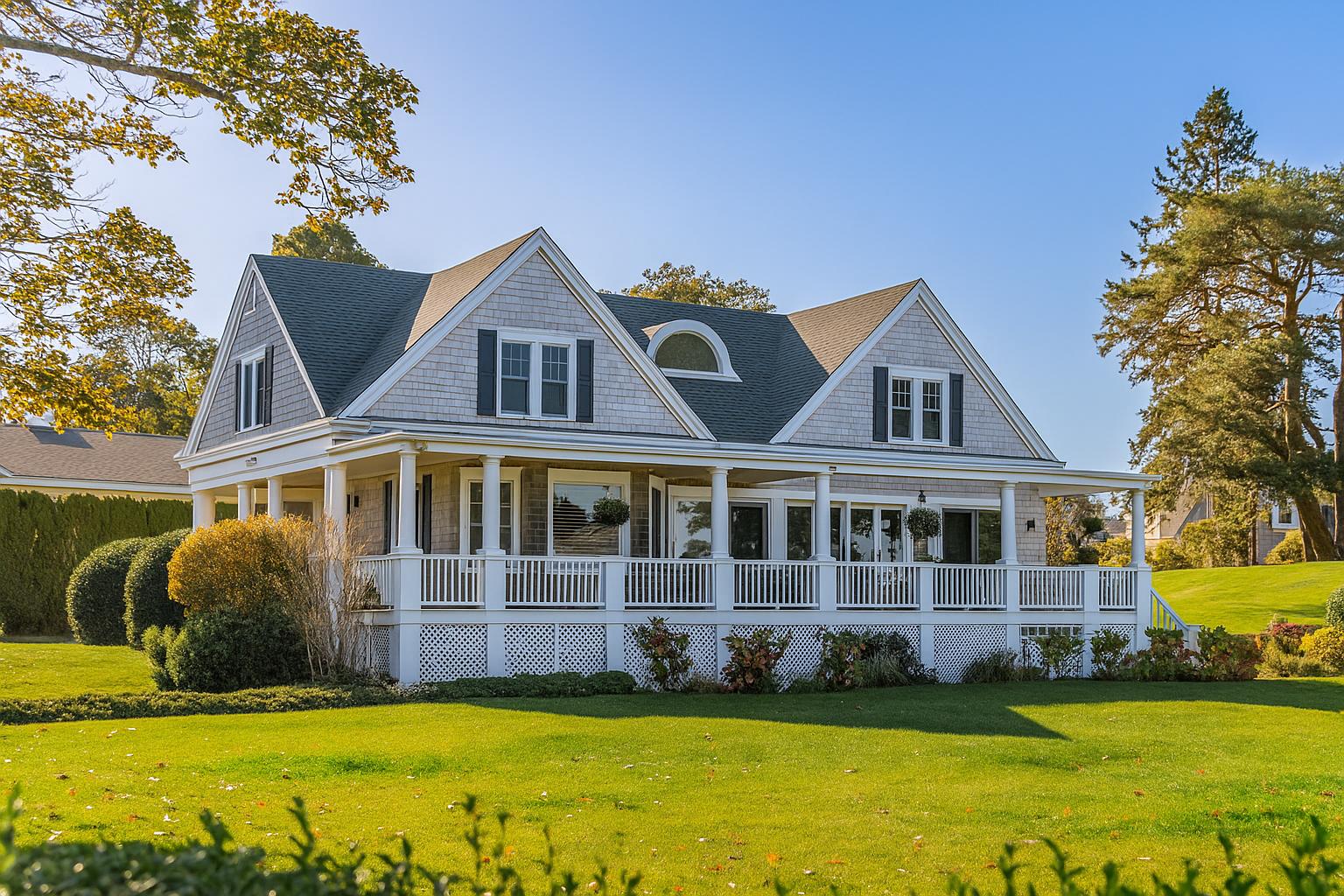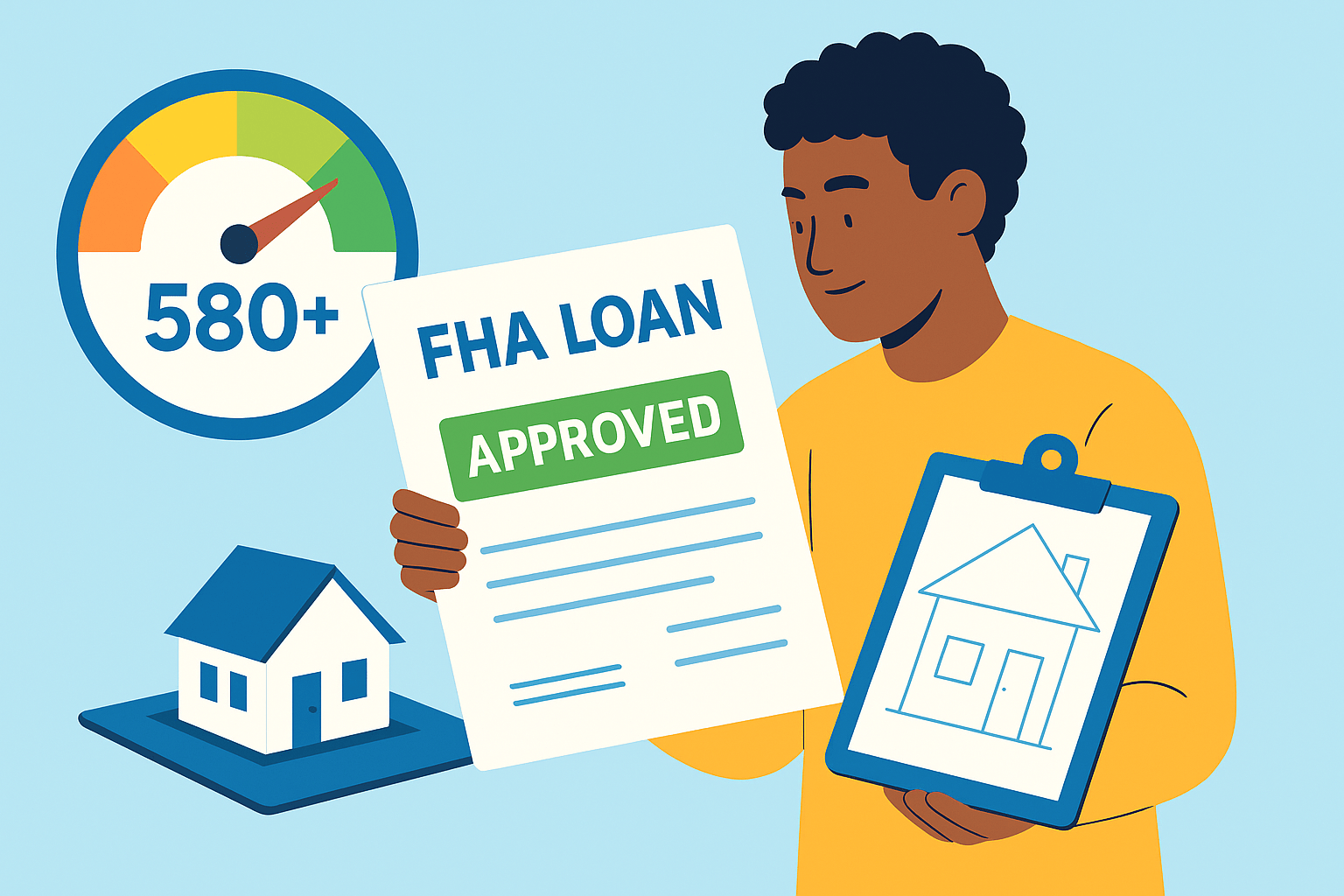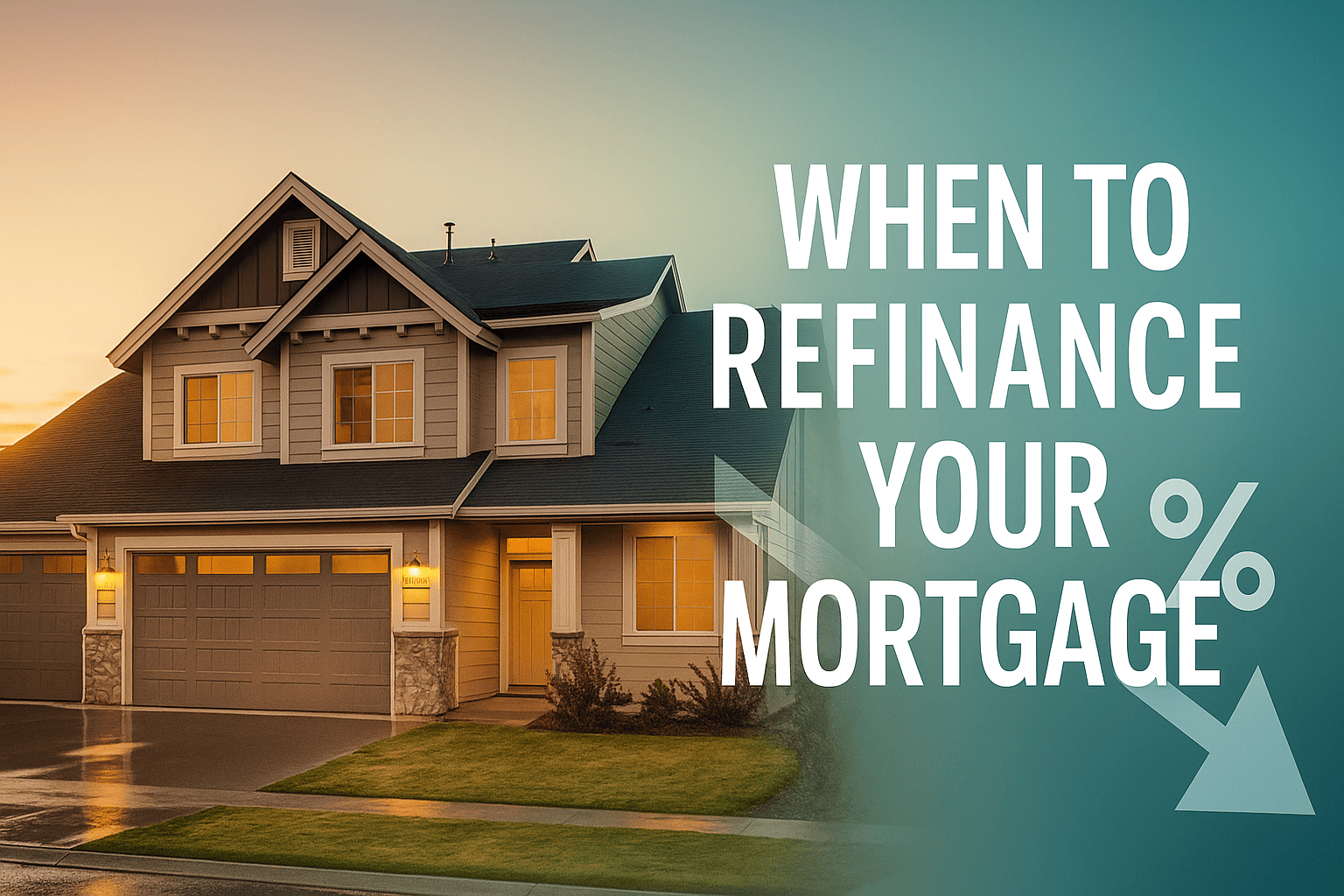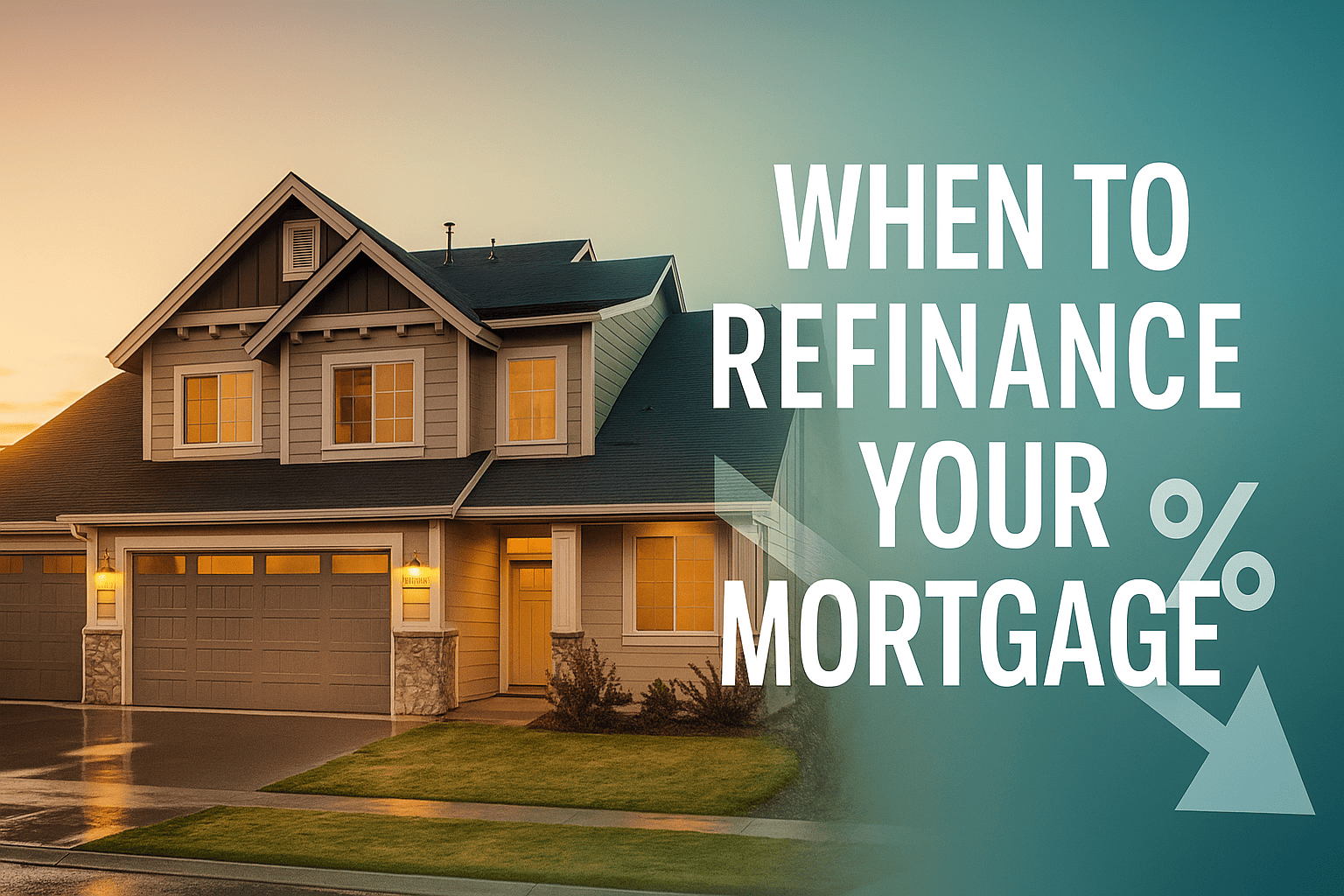Home Buyer Advantage Loan First-Time Homebuyer Assistance Programs
Home Buyer Advantage Loan: Idaho’s Flexible Path to First-Time Homeownership
Buying your first home can feel like hiking the Sawtooth Range with a full backpack—rewarding but undeniably steep. Idaho Housing and Finance Association (IHFA) designed the Home Buyer Advantage Loan to lighten that load. In the next few minutes, you’ll learn how this program unlocks flexible financing, trims upfront costs, and clears common hurdles that keep eager Idahoans from hanging a “Home Sweet Home” sign.
Why Idaho Created the Home Buyer Advantage Loan
Between 2019 and 2023, the Gem State’s median sales price jumped roughly 44% (paraphrased from Idaho Realtors® annual data). Local wages, however, haven’t kept the same pace. To prevent first-time buyers from being priced out, IHFA launched the Advantage product line, with the flagship offering—the Idaho Advantage Loan—tailored specifically for newbies.
- Low down payment options (as little as 0–3.5%, depending on loan type).
- Competitive fixed interest rates backed by IHFA bonds.
- Layerable with state grants and down payment assistance (DPA).
- Accessible credit underwriting, including non-traditional credit histories.
In short, the Home Buyer Advantage Loan takes a Swiss-army-knife approach: one tool, many solutions.
Program Snapshot at a Glance
| Feature | Details (2024) |
|---|---|
| Loan Types | Conventional, FHA, VA, USDA |
| Minimum Down | 0% (VA/USDA) – 3.5% (FHA) – 3% (Conventional) |
| Income Limits | Varies by county; generally up to $150k |
| Max Purchase Price | $566,000 statewide cap* |
| Homebuyer Education | Required—free online or in-person |
| Mortgage Insurance | Reduced-coverage MI on conventional loans |
*Subject to annual updates. Always confirm with your lender.
Who Is Eligible for the Home Buyer Advantage Loan?
Not every Idahoan qualifies, but the bar is surprisingly achievable. Generally, you must:
- Be a first-time buyer (no ownership in the past three years) or purchase in a federally targeted area.
- Complete IHFA-approved homebuyer education—think of it as a crash course in mortgage literacy.
- Stay within county income and purchase-price limits.
- Plan to occupy the property as your primary residence within 60 days of closing.
- Meet minimum credit guidelines (around 620–640 FICO, though manual underwriting can allow non-traditional credit files).
Spouses, domestic partners, or co-borrowers must meet the same criteria. Tip: even if your partner owned a home recently, you may still qualify if you’re purchasing in a targeted tract.
What Makes the Advantage Different From a Standard FHA Loan?
A question loan officers hear constantly is, “Why not just use a plain FHA?” The Advantage overlay adds several perks:
- Below-market rates. IHFA funds loans through tax-exempt bonds, shaving basis points off retail rates.
- Second-mortgage DPA. Pair the loan with IHFA’s FHA DPA to cover the 3.5% down payment.
- Forgivable options. Some assistance is forgivable after five years of occupancy—effectively free equity.
- Reduced MI on conventional variants. Borrowers often save $40–$60 per month versus standard PMI.
In other words, the Advantage loan isn’t just FHA in an Idaho wrapper; it’s FHA on Idaho-specific steroids.
Step-by-Step: How to Secure Your Home Buyer Advantage Loan
1. Complete Homebuyer Education Early
IHFA’s free “Finally Home!” course can be done online in about six hours. Finish it before house hunting, and you’ll walk into open houses speaking mortgage Mandarin.
2. Choose an IHFA-Approved Lender
Only participating lenders can originate the program. Ask if your loan officer is Advantage-certified—think of it like ensuring your fishing guide actually knows Idaho rivers.
3. Get Pre-Qualified (and Budget Realistically)
A pre-qualification letter tells sellers you’re serious. Include property taxes, insurance, HOA dues, and potential mortgage insurance when judging your maximum payment comfort zone.
4. Write Offers & Negotiate
First-time buyers sometimes overpay out of fear. Your agent should prepare “sold comps” so you bid on data, not emotion. Remember: an extra $15,000 can hike your monthly payment by $80–$110.
5. Close and Move In
At closing, you’ll sign a stack of papers thicker than a Boise phone book (ask your grandparents). Within 60 days, you must move in and officially become a Gem State homeowner.
Real-World Story: The McPhersons in Twin Falls
Emma and Luke McPherson, both teachers, thought ownership was a decade away. Student loans nibbled at their paychecks, and a 20% down payment felt farther than Mars. Their lender introduced the Home Buyer Advantage Loan coupled with IHFA’s 3% DPA second mortgage. Result?
- Out-of-pocket funds: $2,400 (mostly for appraisal and inspections).
- Fixed rate: 5.75%—0.5% below the national average that week.
- Monthly mortgage: $1,415—$140 less than their prior rent.
Six months later, they used their tax refund to tackle backyard landscaping instead of paying off high-interest credit cards. Moral: with the Advantage program, entry-level teachers compete on more than just salary.
People Also Ask
How much do you have to put down with the Home Buyer Advantage Loan?
The down payment depends on the underlying loan type you select within the Advantage umbrella. Conventional borrowers can put down as little as 3%. FHA requires 3.5%, though that figure can be covered by IHFA’s down payment assistance. VA and USDA options allow for 0% down—often perfect for qualifying veterans or rural buyers. Regardless, closing costs still apply, so budget 2–4% of the purchase price for escrow, title, and prepaid items.
Can I combine the Home Buyer Advantage Loan with other assistance programs?
Absolutely. The program was built to layer seamlessly with IHFA’s forgivable and repayable DPA second mortgages, plus city-specific grants in Boise, Nampa, and Pocatello. Many borrowers stack seller credits or gift funds on top, lowering their effective cash-to-close to under $1,000. Always confirm stacking rules with your lender, because each assistance source has its own income caps, debt-to-income (DTI) limits, and recapture clauses.
Cost Breakdown: What Will You Really Pay Monthly?
An often overlooked expense is mortgage insurance (MI). Here’s a quick illustration on a $350,000 purchase using three different versions of the Advantage program:
| Loan Flavor | Down Payment | Rate* | MI/Guarantee Fee | Estimated P&I+MI |
|---|---|---|---|---|
| Conventional Advantage | 3% | 6.00% | $88/mo | $2,206 |
| FHA Advantage | 3.5% | 5.75% | $226/mo | $2,242 |
| USDA Advantage | 0% | 6.10% | $102/mo | $2,278 |
*Sample rates for illustration only; not a commitment to lend.
Notice how conventional’s reduced-coverage MI narrows the affordability gap with FHA, even though the latter has a slightly better rate. A seasoned loan officer can run side-by-side comparisons to find your sweet spot.
Pros and Cons You Should Weigh
- Pro: Lower rates and MI create measurable monthly savings.
- Pro: Flexible underwriting can include limited credit history.
- Pro: Combine with forgivable DPA to minimize cash outlay.
- Con: Income and purchase-price caps may restrict high-cost markets like Sun Valley.
- Con: Recapture tax could apply if you sell within nine years and your income explodes (rare but possible).
- Con: Must use an IHFA-approved lender; not every bank participates.
Fast-Track Tips for a Smooth Approval
- Document everything—two years of W-2s, pay stubs, and bank statements. Underwriters love paper trails.
- Avoid new debt while in escrow. A late-night furniture splurge on credit can torpedo your DTI.
- Get a rapid re-score if your credit is on the cusp; paying down a credit card to 10% utilization can raise your FICO 20–40 points in 30 days.
- Shop homeowners insurance early. A lower premium can improve your qualifying ratios.
- Ask about lender credits. Advantage lenders sometimes apply a portion of their rebates toward closing costs.
FAQ
Does the Home Buyer Advantage Loan let me buy a duplex?
Yes, up to a 2-unit property if you occupy one unit. Additional underwriting conditions and higher reserves may apply.
Is there a prepayment penalty?
No. You can make extra principal payments or refinance without fees once it makes financial sense.
What credit score do I need?
The minimum is typically 620 for conventional and 640 for FHA, but manual underwrites may allow exceptions with compensating factors.
How long does loan approval take?
Most Advantage loans close in 30–40 days. Speed hinges on how fast you provide documents and complete education.
Will I owe a recapture tax?
It’s rare. Recapture only triggers if you sell within nine years, your income rises above a set threshold, and you net a sizable profit.
Ready to Turn the Key on Your Idaho Home?
Every day you rent is another day you’re funding someone else’s equity. With the Home Buyer Advantage Loan, Idaho hands you a tailor-made toolkit—low down payments, competitive rates, and stackable assistance. Whether you're eyeing a starter bungalow in Idaho Falls or a chic condo in downtown Boise, this program can close the affordability gap.
Take the next step: complete IHFA’s free homebuyer course, then schedule a conversation with an approved Advantage lender. Your future porch swing is waiting.
Explore More Blog Posts
Checkout more similar posts those will help you to choose better property.












 Profile
Profile Password
Password Saved Properties
Saved Properties Sign Out
Sign Out
 +0.01
+0.01
 -0.15
-0.15

